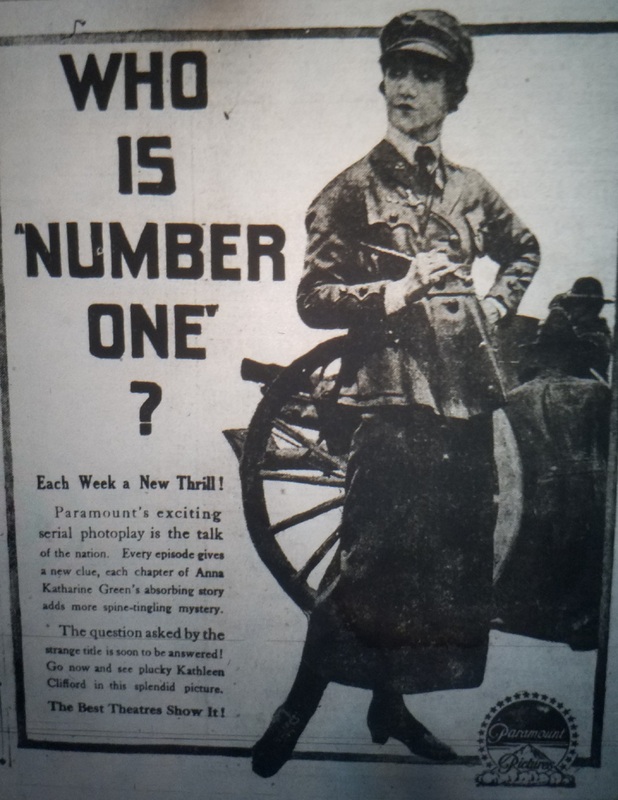Who is 'Number One'?
Uncle Sam Goes To Hollywood
As soon as the CPI started to work with advertisers, they set their sights on the motion picture industry. Their first attempt was to try the same approach as print media, to let private industry shoulder the burden for news reels and short features, the goal to get free representation for the war effort through that route. Unfortunately the War Department disallowed civilians anywhere near military training, supplies, manufacturing and actual battlefront locations. The matter was resolved with the U.S. Army Signal Corps. They were a special branch of the Army created to photograph and film homefront and battlefield conditions for historial and training purposes. The results were mixed. The photographs were mostly unusable - either the static image served no viable use to the CPI or the opposite, they showed the horror of war frozen in an instant. The films, however, proved very potent.
The initial film assets were turned into features at cost to the CPI, and were given freely to State Councils of Defense and other patriotic groups such as the American Red Cross and the Knights of Columbus. These films were shown as part of recruitment and fund raising projects, and they highlighted training, operations and public image of the Armed Forces in a positive and constructive light. After a few months, the CPI realized that they could become producers and exhibitors of full feature films. These films would be marketed as any other commercial enterprise, with the profits being used to offset production, and the remainder to fund more films.
Movies such as Pershing's Crusaders, America's Answer, and Under Four Flags were quite the success. The feature Official War Review was so widely shown that approximately 40 percent of every theatre in America showed the film. In an era before television, it was presumed that 40 percent saturation meant that practically every movie viewer in the country saw this film at least once. Generally speaking, Americans would go to the cinema were several times a week, and that meant different theatres because films would only change weekly. After initial showings, these films were then shown for free to troops, schools and civic organizations.
Hollywood quickly realized that while these publicity films lacked was acting and plot. There were large amounts of cutting room floor sections which were unusable to the CPI and had no strategic value. Without objection from the War Department, these sections were usable for regular feature films and added realism and exotic scenery which could not be accurately portrayed elsewhere. In 1918, pictures started to be produced with real world war images in them which were of commercial quality. In the last months of the war, the still images were cleared for newspaper distribution, compiled into slideshow presentations, and into stereoscopic displays.
